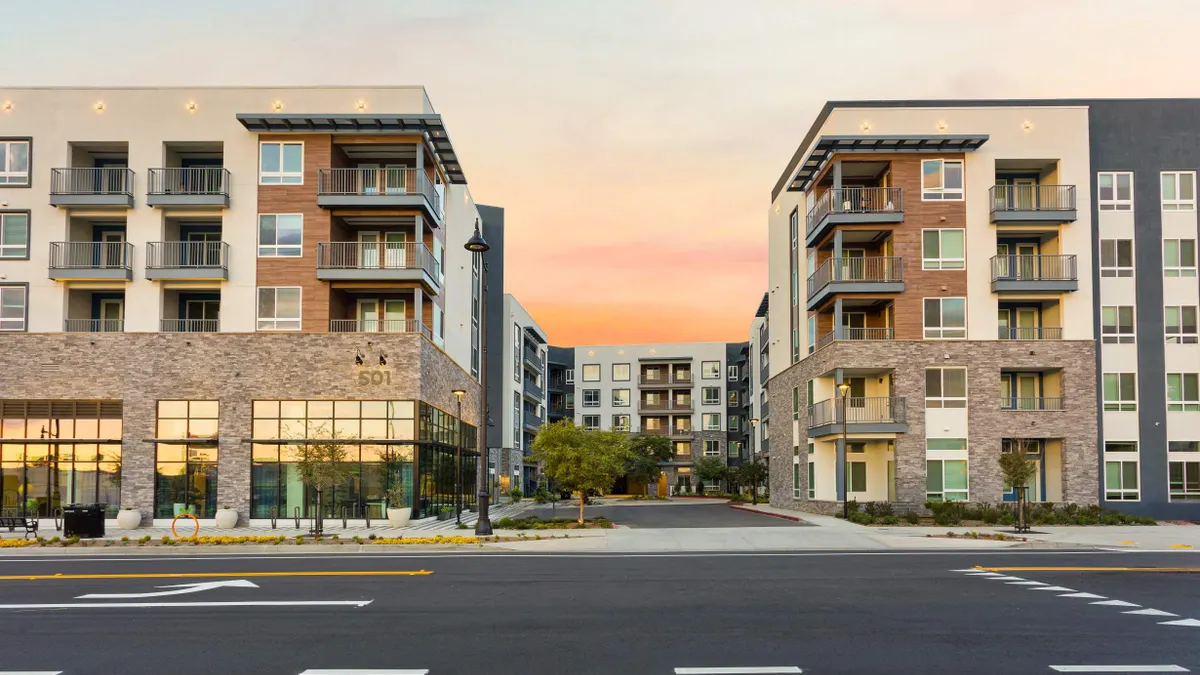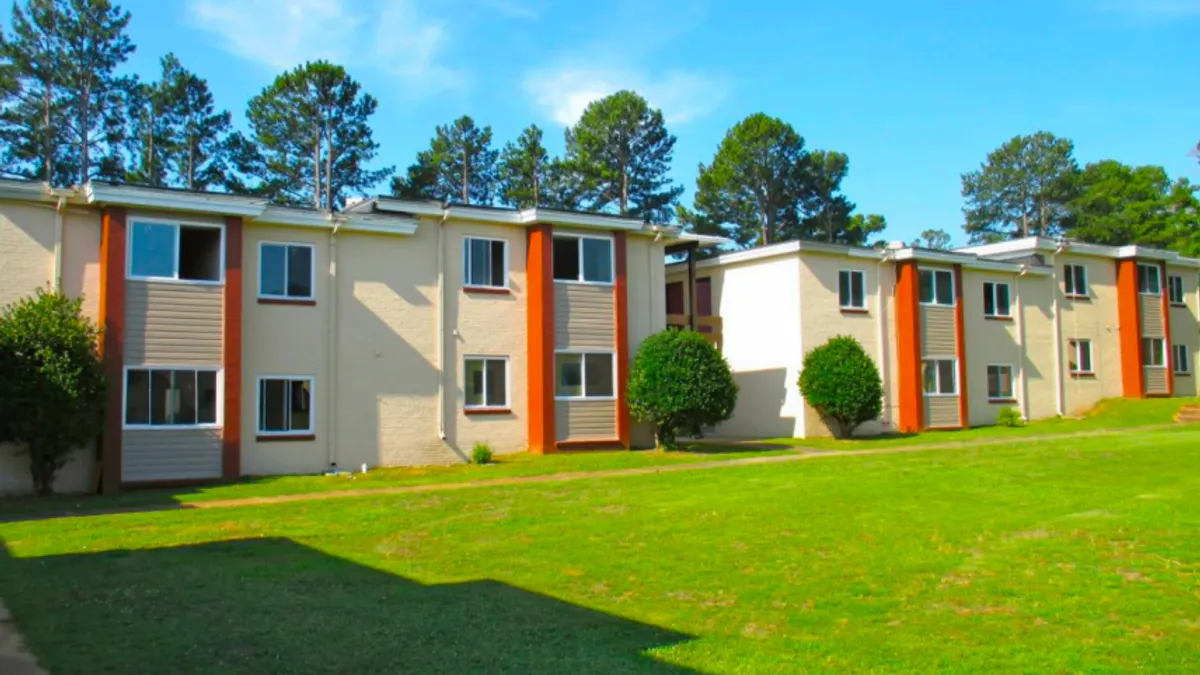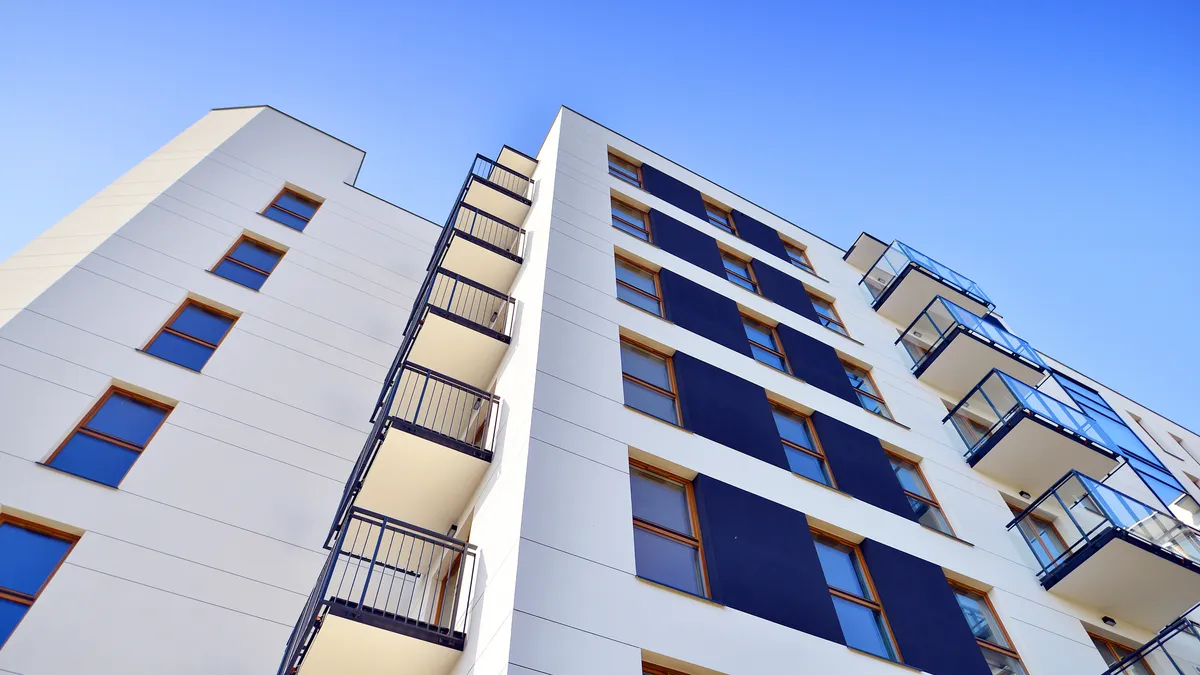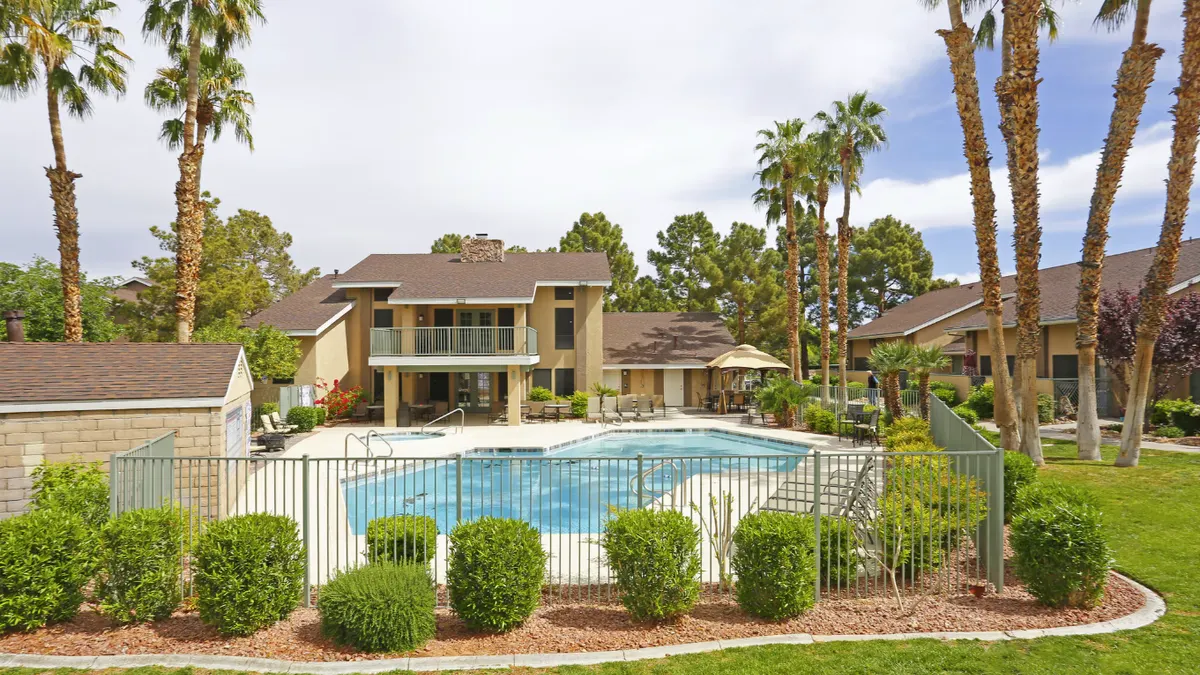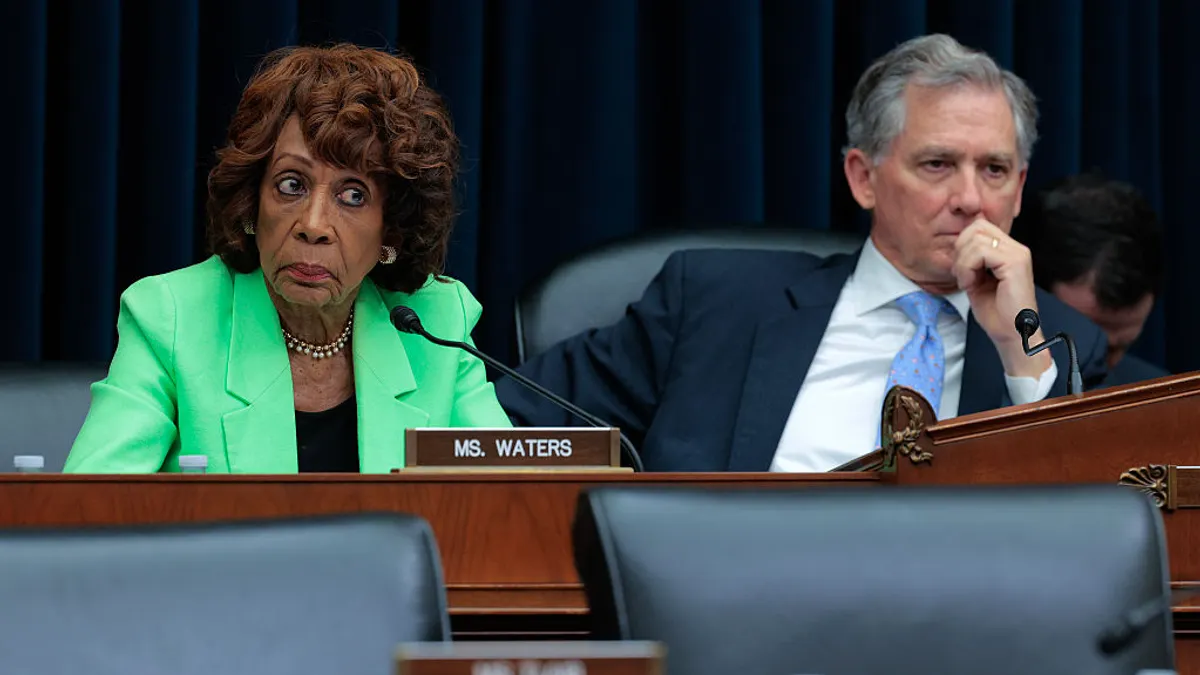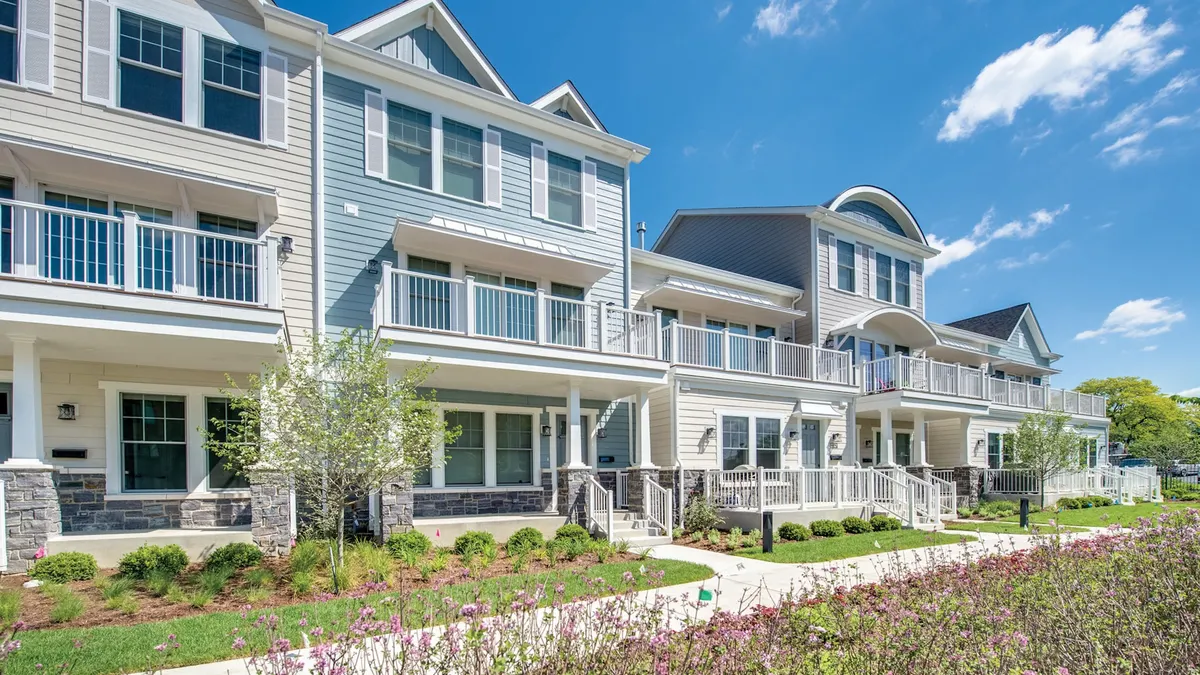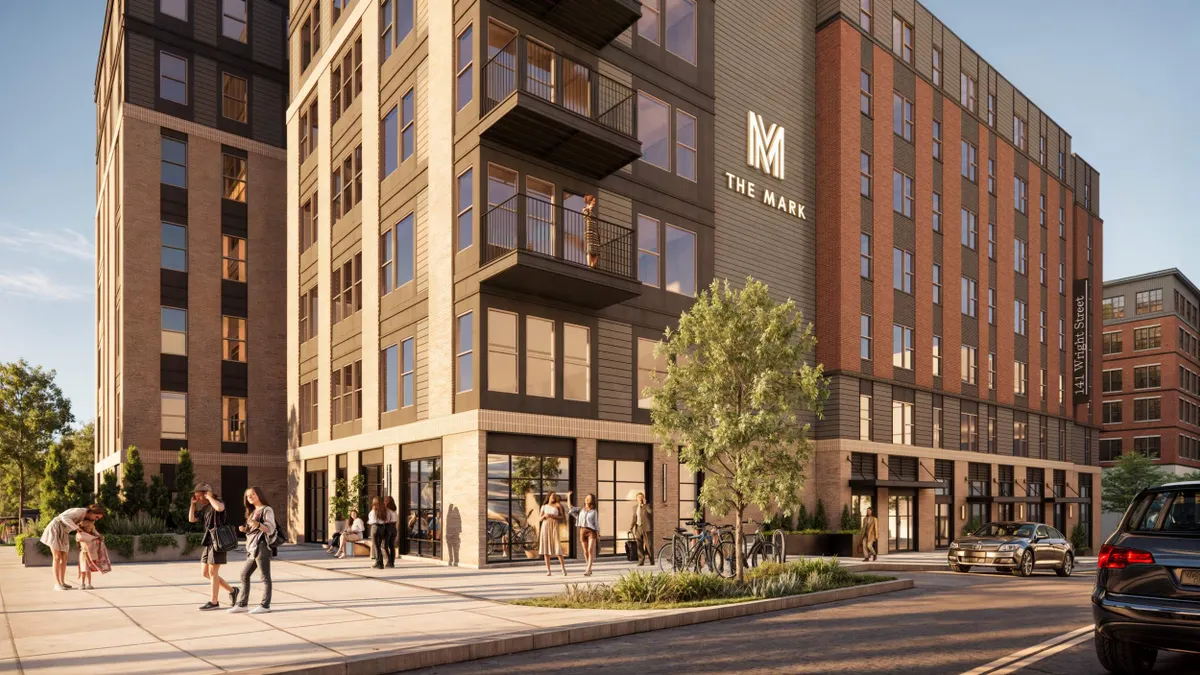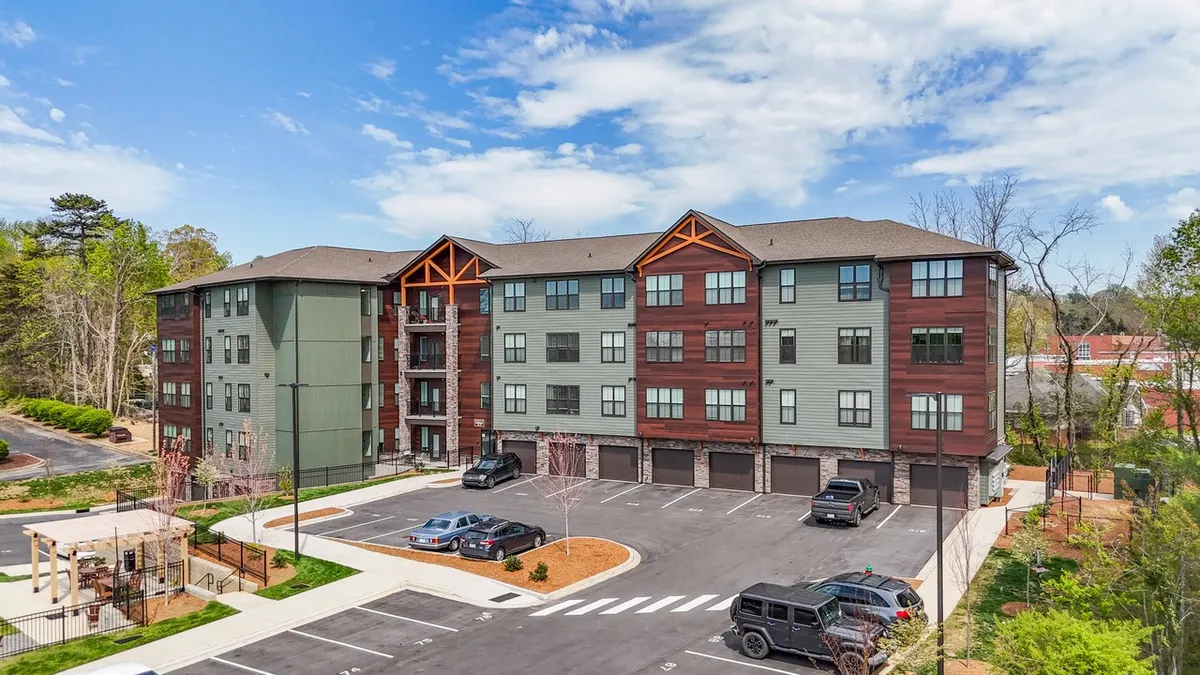Dallas-based developer JPI established a presence in the Southeast in the 1990s and 2000s, but with departures of key executives and the global financial crisis of 2007-2009, the firm pulled out of those markets.
Now, it's back, under much different leadership. In December 2023, Sumitomo Forestry America, a subsidiary of Japanese conglomerate Sumitomo Forestry Co., completed its acquisition of JPI.
In late July, JPI, led by CEO Payton Mayes and CFO and Chief Investment Officer Mollie Fadule, announced it was moving into Charlotte and Raleigh-Durham in North Carolina and the greater Nashville area in Tennessee.
Right now, those markets are still dealing with heavy supply. But Jake Fortune-Greeley, who was recently appointed as JPI’s vice president of land acquisition in the Southeast, sees brighter days ahead.
“The fundamental demand in these markets has not gone away at all,” Fortune-Greeley told Multifamily Dive. “So a short-term blip in supply doesn't affect that. It actually benefits us because we’ll be delivering” when there’s less competition.
JPI is taking a long-term view as it moves back into the Southeast. “It's not about doing one or two good deals a year with JPI,” Fortune-Greeley said. “It's about building scale, a core team and repeatable development in affordable and market-rate housing long term.”
The developer’s research team singled out Charlotte, Raleigh-Durham and Nashville as standouts for sustained demand, pro-growth policies and development viability. JPI is focused on building in both upper-income suburbs and middle-income neighborhoods where new housing is critically needed.
JPI also continues to expand in its core markets, which include Dallas, Southern California, Houston, Seattle and Fort Worth, Texas. Overall, it has 32 projects under development, totaling 11,382 units and $3.7 billion in volume, according to a press release shared with Multifamily Dive. It has another 4,591 units in the pipeline valued at $1.4 billion.
Here, Fortune-Greeley talks with Multifamily Dive about opportunities to build in current high-supply markets, the challenges in the equity markets and creatively structuring development deals.
This interview has been edited for brevity and clarity.
MULTIFAMILY DIVE: How did you settle on Charlotte, Raleigh-Durham and Nashville as expansion targets?
JAKE FORTUNE-GREELEY: We love the fundamentals. There are a lot of commonalities between Raleigh-Durham, Charlotte and Nashville, including employment growth, wage growth, population growth, a younger population of renters, being great places to live and cost of living. We’re fundamentally bullish on these markets, and we take a long-term approach.
The timing is actually great for us, because we think about the bigger picture. Even if there's some oversupply in certain pockets of these markets, long-term, there's still a housing shortage that's fundamentally not going away.
With new development grinding to a halt in many places as developers clear out inventory, do you see an opportunity to start new projects?
If you look at supply in all of these markets, it's a blip. Due to interest rates in 2020 and 2021, as well as pricing at the time, a significant amount of supply in select pockets of these markets skyrocketed over the last three years.
It has now fallen off a cliff, but the market doesn't realize that for two or three years. So we want to be able to deliver as much product as we can into that market, even though it's much more difficult right now to get these deals done.
JPI has transitioned to a different model for development. Can you explain what that is and how it benefits you?
We're trending toward what we call an evergreen model, which is that we pump all of the profits from development and construction back into the company. The goal is to become financially independent, meaning being able to capitalize these deals on our own balance sheet and not rely on third-party equity.
What are the challenges in the equity markets that developers are facing?
The traditional development structure involves approximately 60% leverage, with the remaining 40% being equity. A true developer, just by nature of how they’re set up, is committing 5% to 10% of that equity into the deal, with the remainder being a third-party equity provider.
Those third-party equity providers don't have a lot of cash and, by virtue of where interest rates are relative to cap rates and hard costs, it has made it a lot harder for those institutions to invest directly.
How has JPI been able to creatively structure deals?
By being creative, we have been able to solve those gaps, either by using preferred equity and balance sheet capital or other developer capital. We have been able to get even more creative and work really hard, which is part of the mission of our firm, on the affordable and workforce housing product that we develop.
We've come up with some very unique structures, like 100% bond financing that works really well with municipalities, where the municipality actually ends up owning the asset.
Do the larger brand-name developers have an advantage in getting construction deals closed right now?
I think the competitive landscape as it is right now probably favors, not necessarily larger groups, but groups that can structure creatively and have great historical relationships and performance. Those are more important than necessarily being a certain size.
Click here to sign up to receive multifamily and apartment news like this article in your inbox every weekday.


